Best and Worst Salads for Your Health

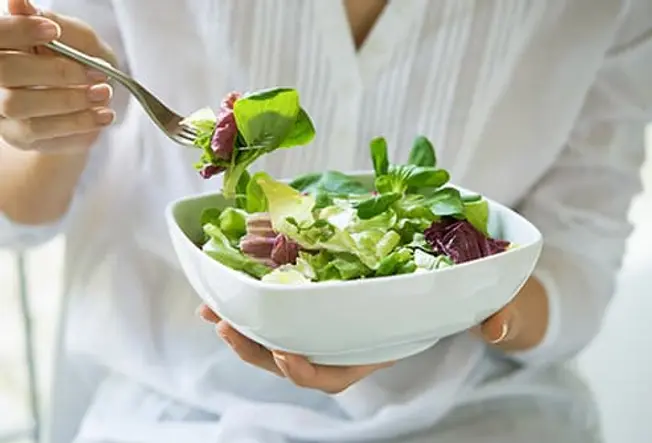
Is Salad Really a Healthy Choice?
That depends on what you add to those greens. The right toppings can create a filling meal that’s loaded with vitamins, minerals, protein, healthy fats, and smart carbs. But other ingredients can pack in extra calories, fat, sodium, and sugar. By making good choices, you can toss together a salad that’s delicious and nutritious.
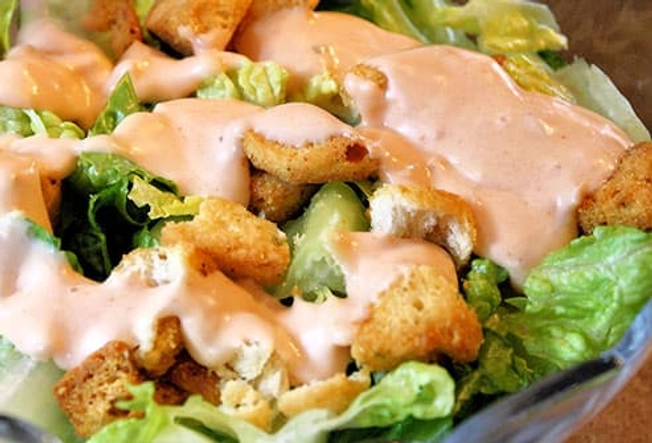
Worst: Salad With Creamy Dressing
Dressings like ranch, blue cheese, and Thousand Island are often high in calories, unhealthy saturated fat, and sodium. A 2-tablespoon serving of a typical blue cheese dressing tacks on nearly 150 calories and more than 15 grams of fat. And many people drench theirs in a half-cup or more. The result is a salad that can serve up more fat than a cheeseburger with fries.
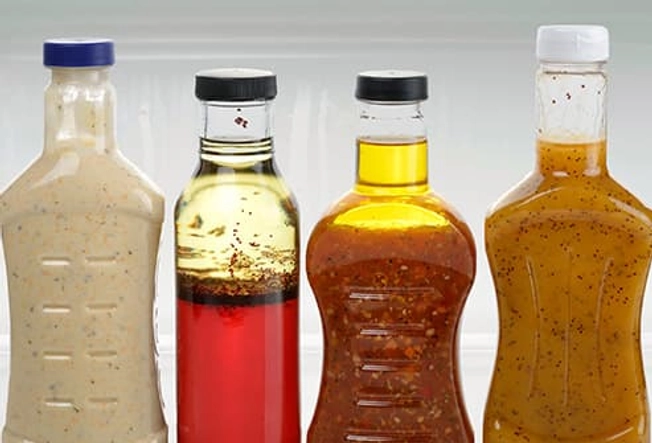
Worst: Salad With Fat-Free Dressing
So, go with a low-calorie, fat-free dressing, right? Think again. To make up for flavor, they’re often loaded with extra sugar and sodium. Fat makes salads tastier and healthier. Your body needs it to take in and use certain vitamins, like A, D, E, and K. One study found that people got fewer antioxidants called carotenoids when they ate salads with fat-free dressing, compared with reduced- or full-fat dressing.
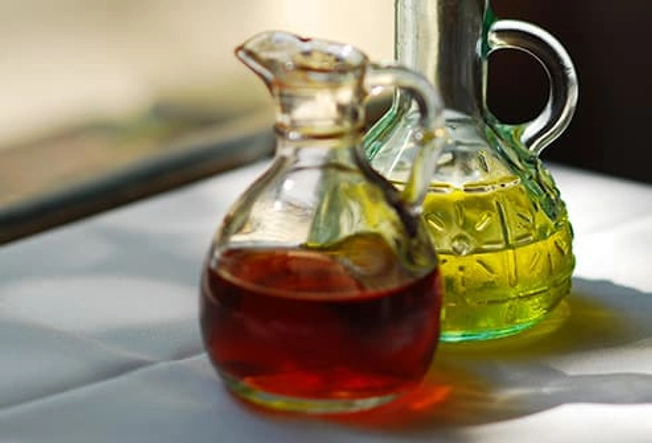
Best: Use Olive Oil and Vinegar
Make your own dressing, and you’ll cut back on the unhealthy stuff. Start with olive oil, which has heart-healthy unsaturated fat. Whisk with balsamic or red wine vinegar, or lemon or lime juice. You can also add a little Dijon mustard or honey for flavor, and season with salt and black pepper.
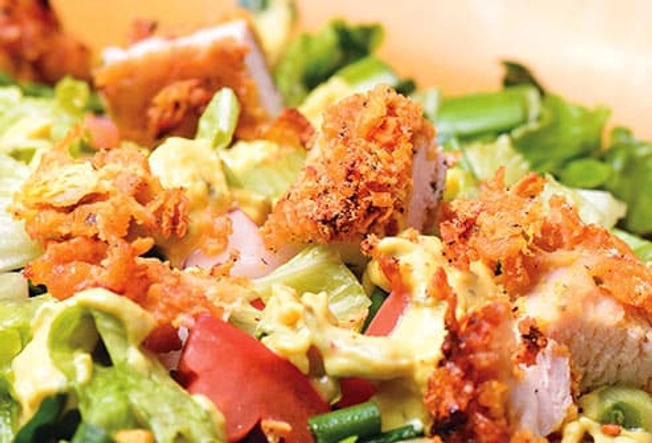
Worst: Crispy Chicken Salad
A green salad with chicken may sound like a healthy meal, but descriptions like “crispy” and “crunchy” are red flags. These words are code for breaded and deep-fried, which can turn that healthy-sounding salad into a calorie bomb. What’s worse, research shows that eating a lot of fried foods can raise your chances of heart disease and type 2 diabetes.
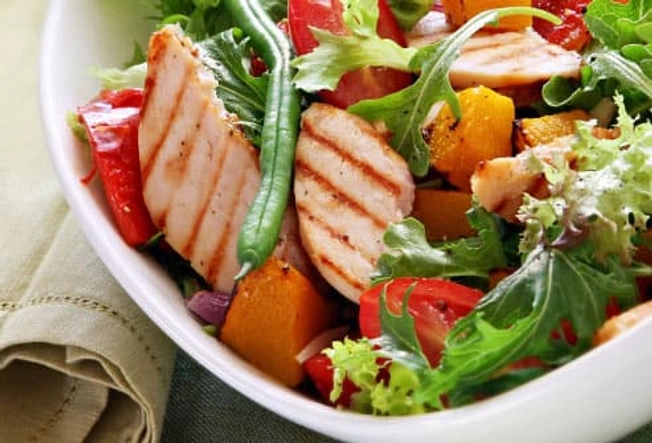
Best: Add Grilled Chicken or Fish
A salad of veggies alone won’t fill you up for long -- you need protein to fend off hunger. Protein takes longer to digest, so you stay satisfied longer. Good sources include chicken breast (26.7 grams in 3 ounces), salmon (21.6 grams in 3 ounces), and shrimp (20.38 grams in 3 ounces). And make sure to grill, poach, or bake it. Some cooking methods -- like blackened or fried -- add extra butter, oil, or breading.
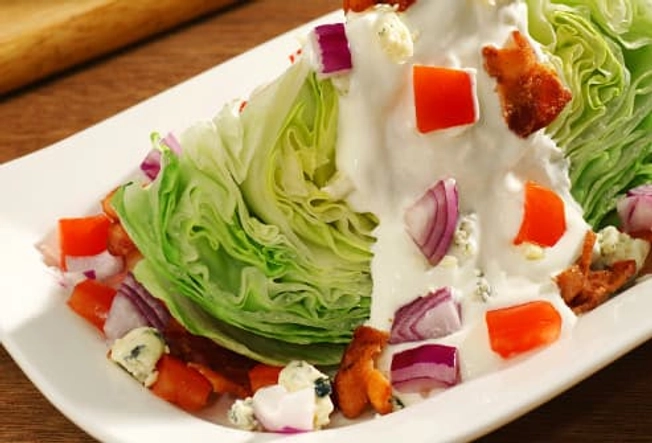
Worst: Iceberg Wedge Salad
This is a classic. But don’t order one if you’re trying to eat light. Thanks to the blue cheese or ranch dressing and bacon crumbles, it can pack in four times the fat of a T-bone steak. It also falls short in the nutrition department. That’s because iceberg lettuce contains fewer vitamins and minerals than most dark leafy greens.
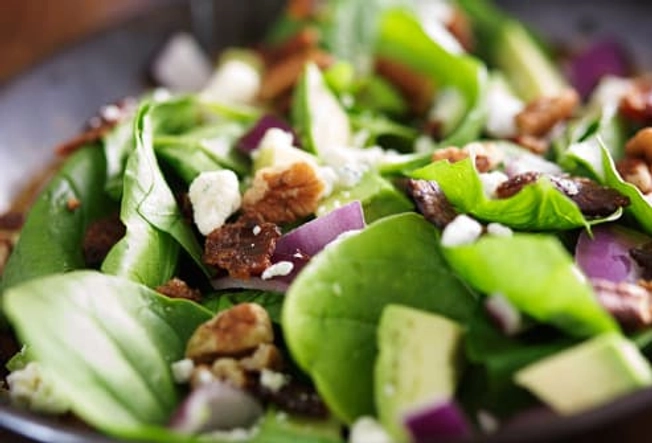
Best: Spinach or Kale Salad
When it comes to leafy greens, darker is better. They have the most nutrients. Case in point: Kale and spinach have over 10 times more immune-boosting vitamins A and C than iceberg lettuce. Not a fan of those? Turn over a new leaf: Boston, bibb, and romaine lettuces have a mild flavor, while arugula and watercress have a peppery bite.
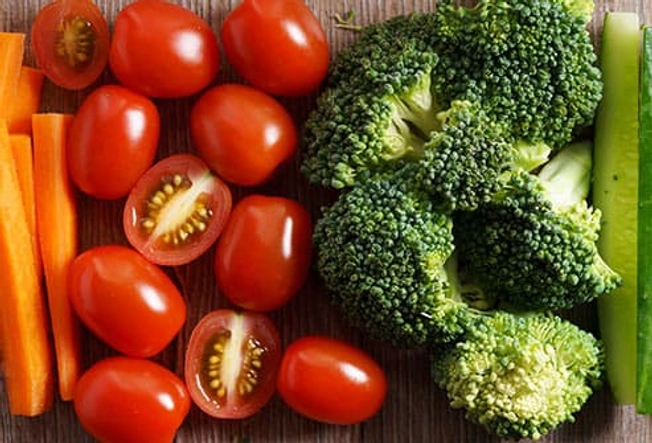
Best: Salad Loaded With Veggies
Add a mix of veggies to your salad to get more nutrition and flavor. Top those leafy greens with crunchy produce like carrots, cucumbers, or broccoli. Then add a punch of color from tomatoes, bell peppers, beets, or red onion. While you’re at it, toss in last night’s leftovers, such as roasted Brussels sprouts, sweet potatoes, or asparagus.
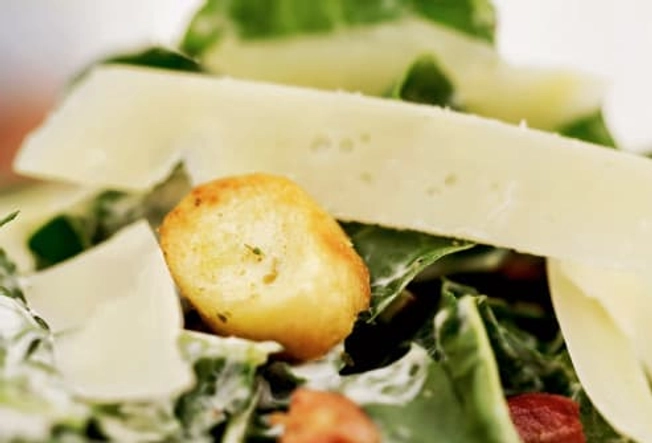
Worst: Salad With Croutons and Cheese
Store-bought croutons and bacon bits are high in salt, and they don’t offer much nutrition. Like the crunch? Try adding nuts, seeds, or crisp veggies -- such as jicama and carrots -- instead. Cheese has calcium, but it also packs roughly 100 calories per ounce. If you really want some, opt for a low-fat one, like feta or Parmesan, and add just a sprinkle.
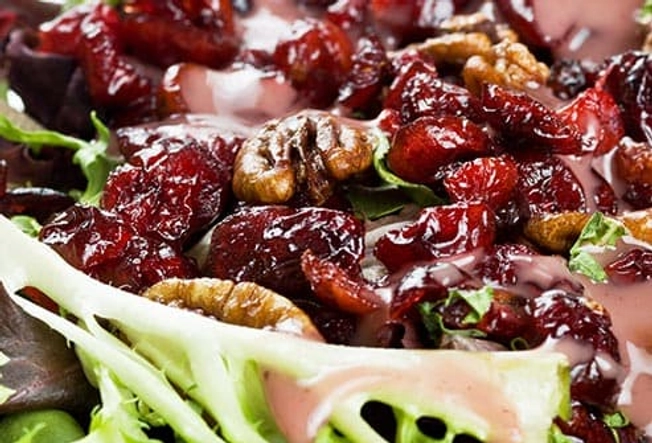
Worst: Dried Fruit, Candied Nuts
These sweet toppings are often made with added sugar and oil. For example, an ounce of candied pecans can pack in a 4 grams (1 teaspoon) of sugar. And dried fruit has less water and volume than the fresh kind. That means you get less: One serving is half a cup, or half that of fresh fruit.
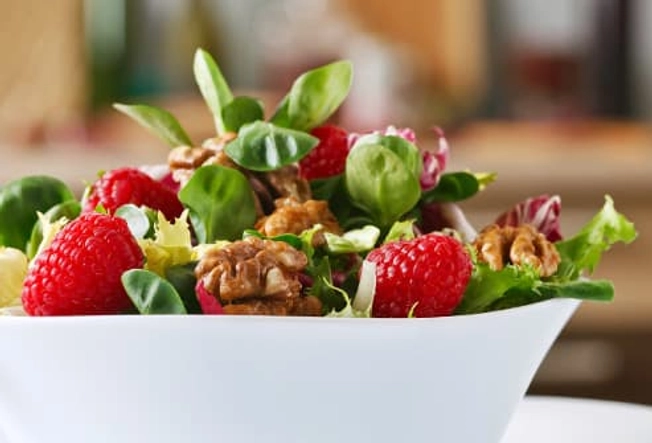
Best: Use Fresh Fruit and Nuts
The fruit adds sweetness and antioxidants. The nuts give you protein, fiber, and healthy fat. This mix of nutrients makes your salad more satisfying and healthy. In fact, research shows that eating nuts regularly can help fend off heart disease and cancer. Try pairing berries with almonds, apples with walnuts, and peaches with pecans.
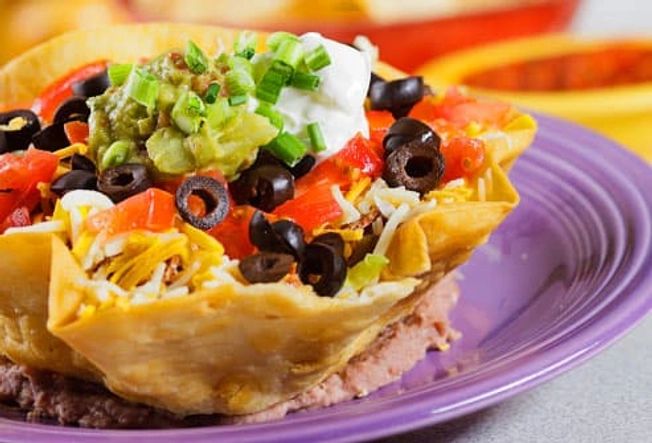
Worst: Taco Salad
Some of these pack in more calories than a burrito. That’s because they start with a deep-fried tortilla shell. That “bowl” alone can have nearly 400 calories and 22 grams of fat. Then it’s filled with oversized portions of ground beef, cheese, sour cream, and guacamole. This salad can weigh in at 800 calories or more!
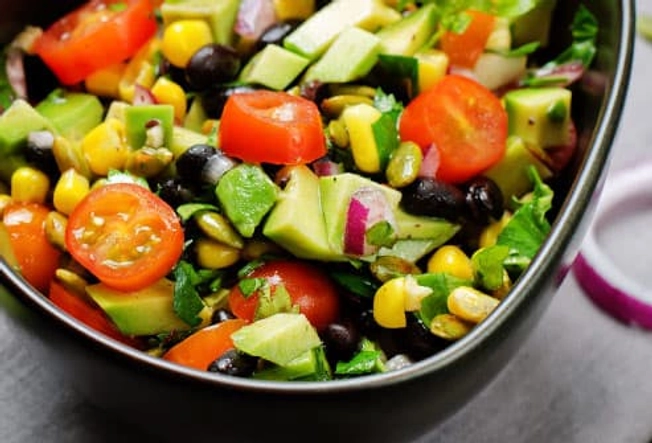
Best: Black Bean-and-Avocado Salad
Get all the flavor of a taco salad without the extra calories by topping it with black beans and avocado. The beans are a good source of disease-fighting antioxidants, and they have protein and fiber, as well as energy-boosting iron. Avocado adds creaminess and fiber. Plus, its fats help your body take in nutrients, including heart-healthy lycopene.
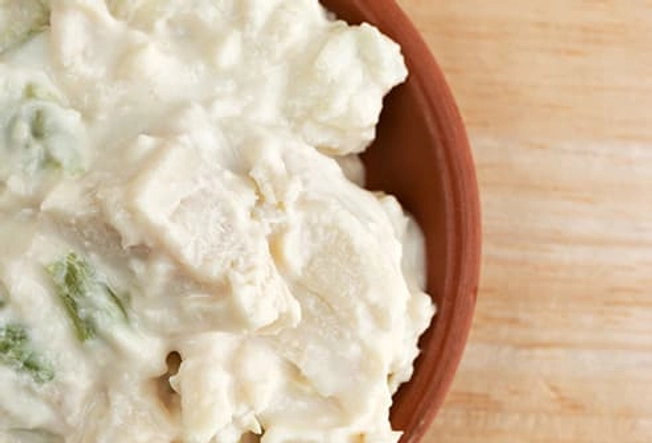
Worst: ‘Salads’ With Mayonnaise
The word "salad" in the name doesn't make it a healthy choice. Tuna, lean chicken, and boiled eggs can be good sources of protein, but that benefit is canceled out if you drown them in mayo, which is loaded with fat, salt, and calories. For a healthier version, use a small amount of light mayonnaise and some fat-free sour cream or plain yogurt. And a bit of mustard -- which has no fat or sugar -- can kick it up a notch.
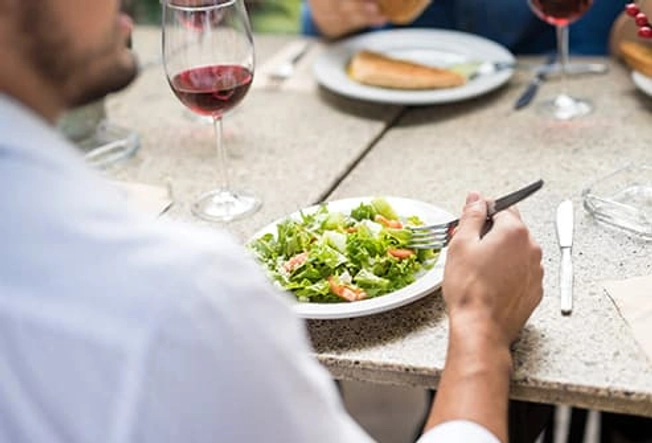
Tips for Restaurant Salads
Many restaurants load their salads with cheese, fried onions, bacon, or croutons. Then they douse them in dressing. Even a simple Cobb salad can clock in at nearly 1,000 calories and 85 grams of fat. Check out the restaurant’s nutritional info to make a smart pick. And ask for those toppings on the side.
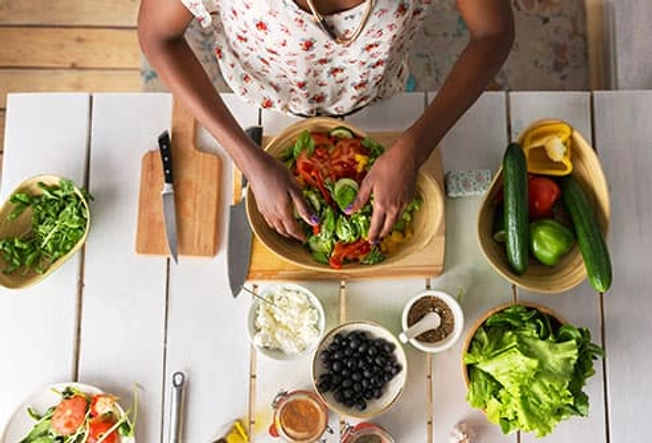
Homemade Salads
When you make your own, you control what goes into it. You can pile on the veggies and use healthier ingredients. Swap in low-fat turkey bacon for the regular kind, and crunchy seeds for croutons. And keep tabs of your portions of higher-calorie toppings -- a serving of cheese is 1 1/2 ounces, about the size of four dice.
